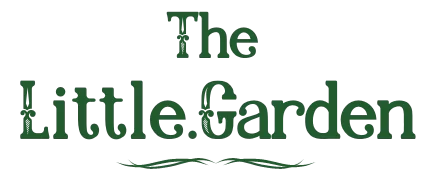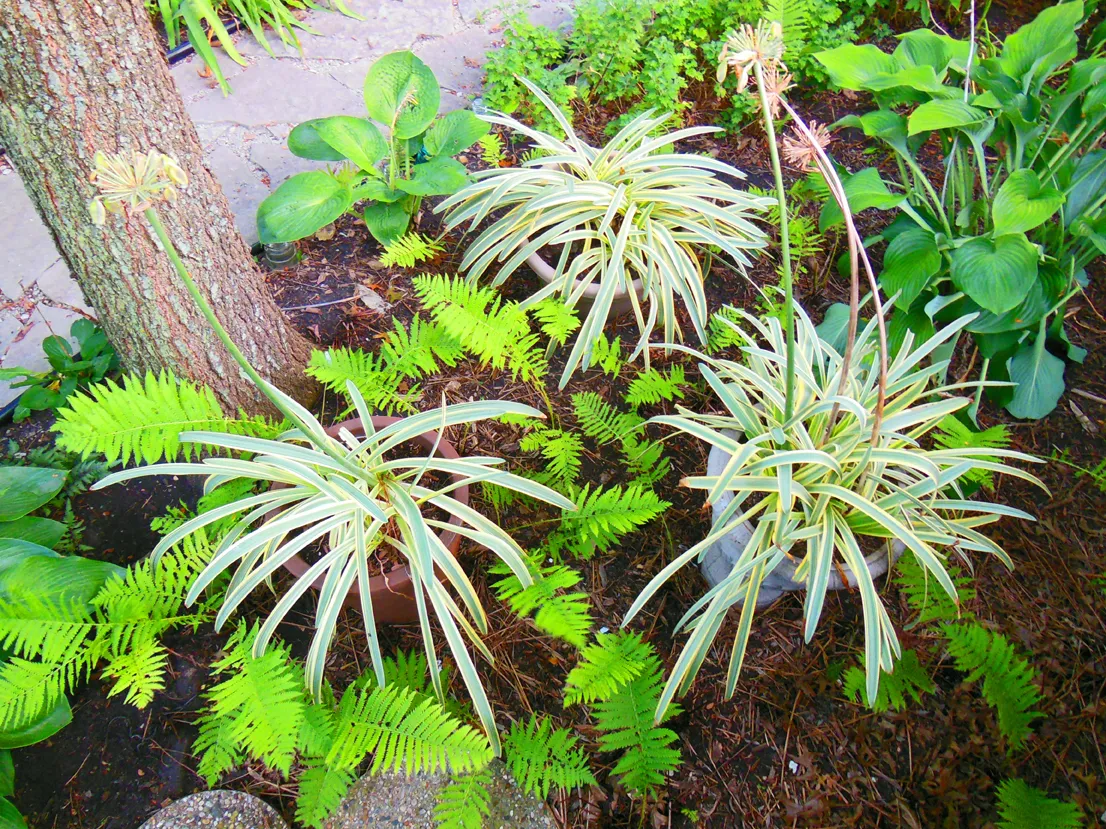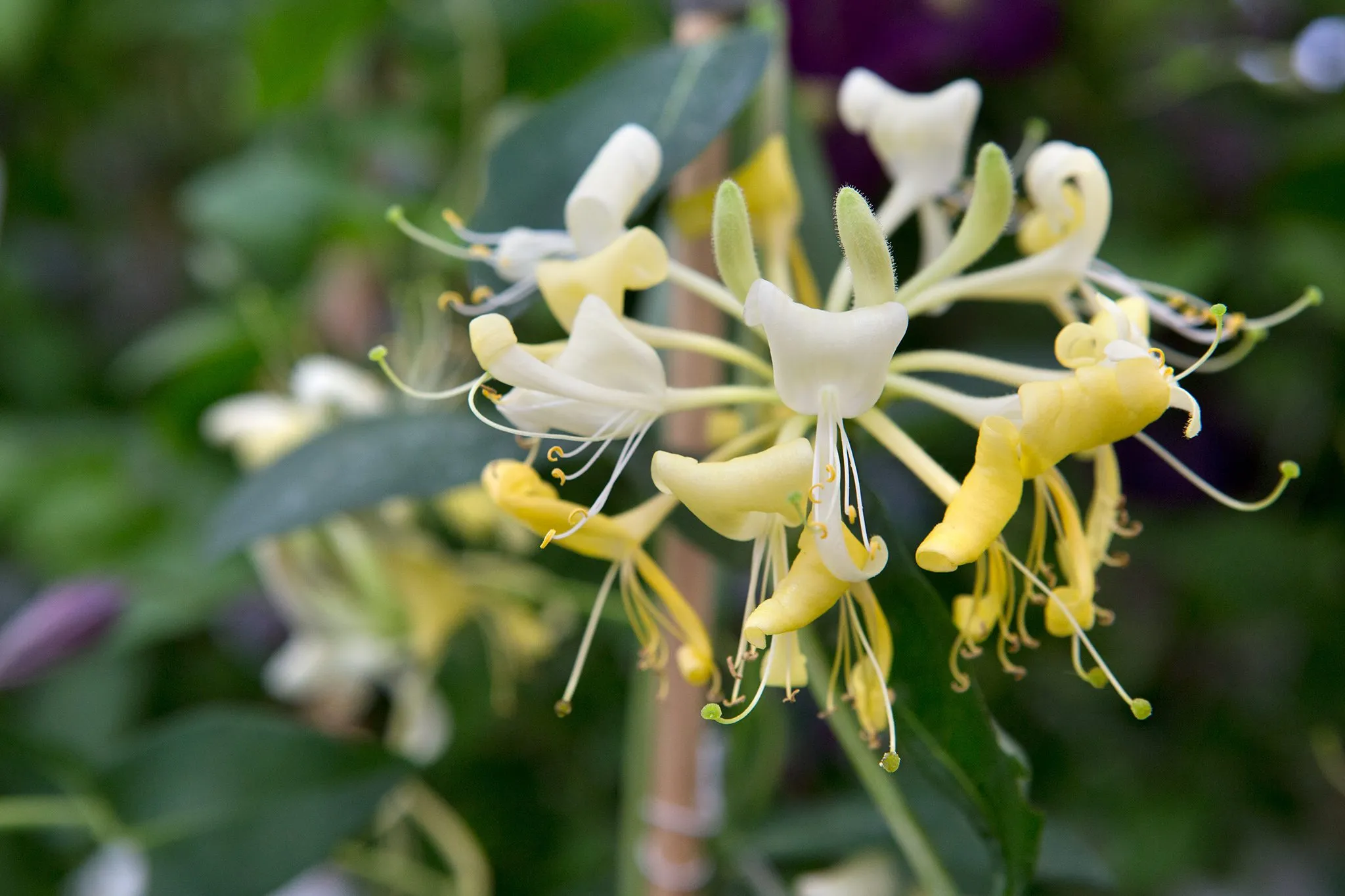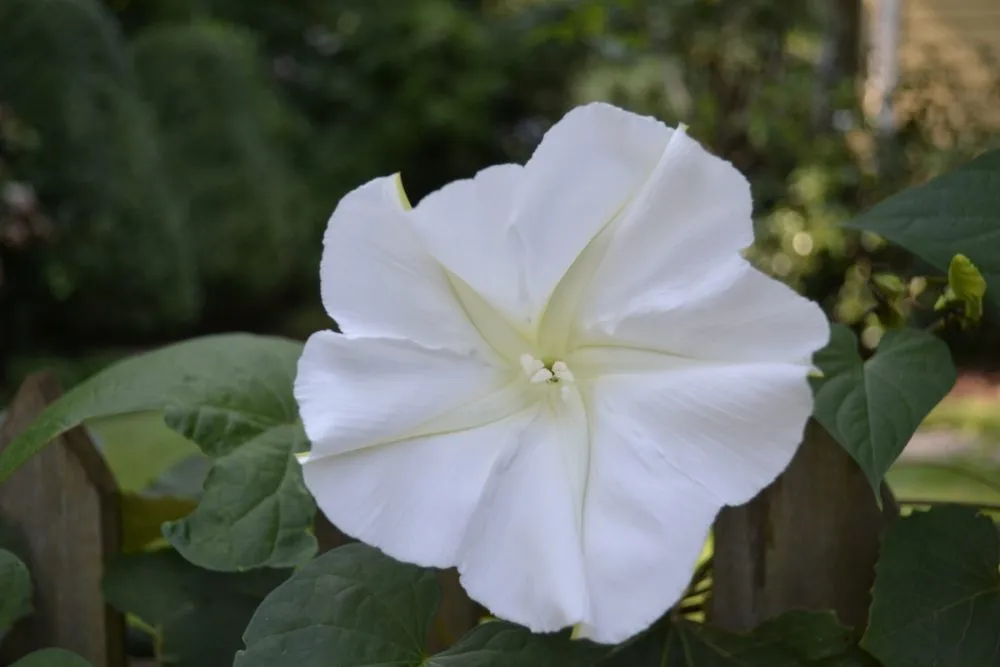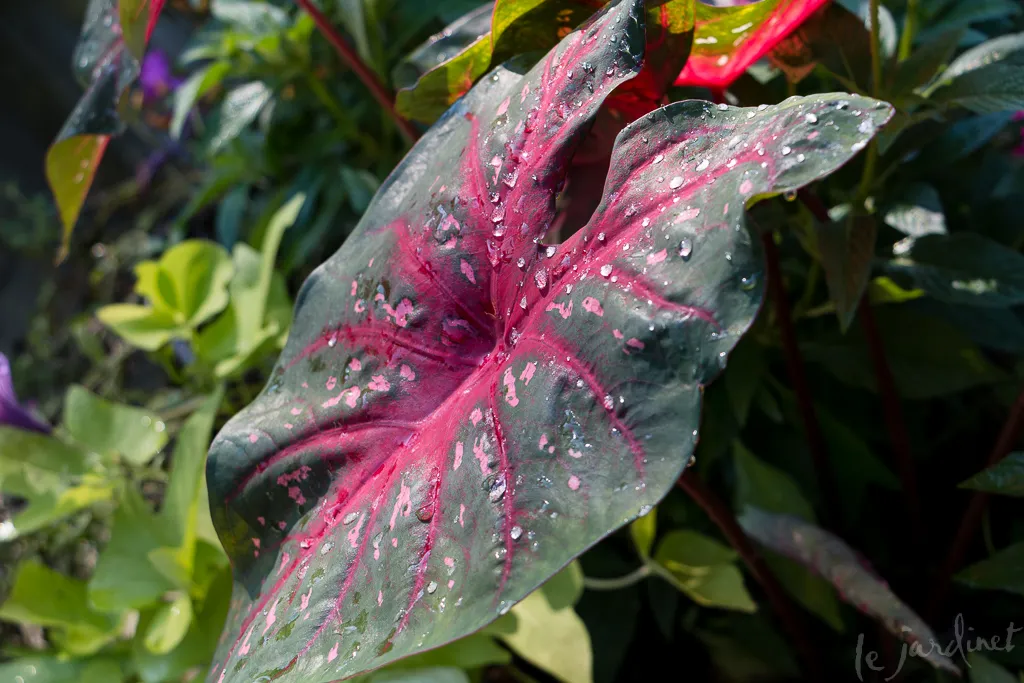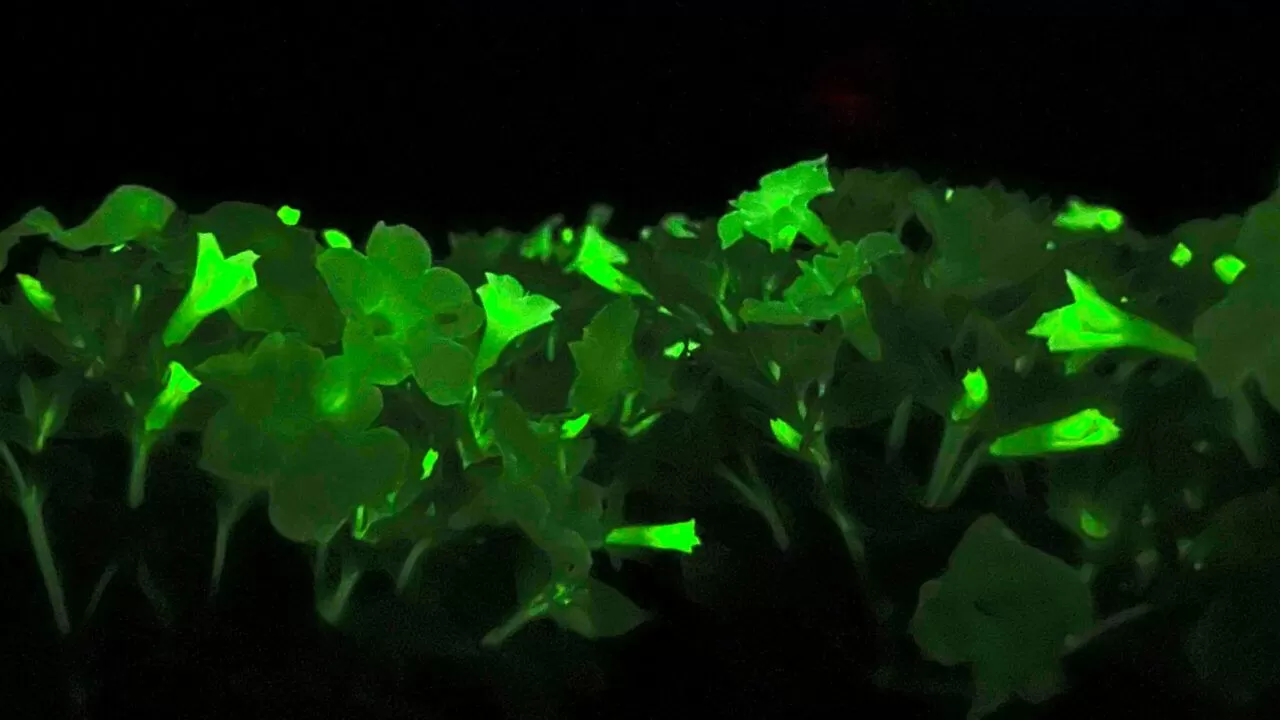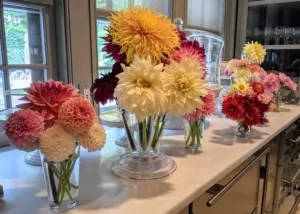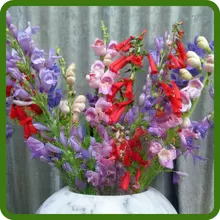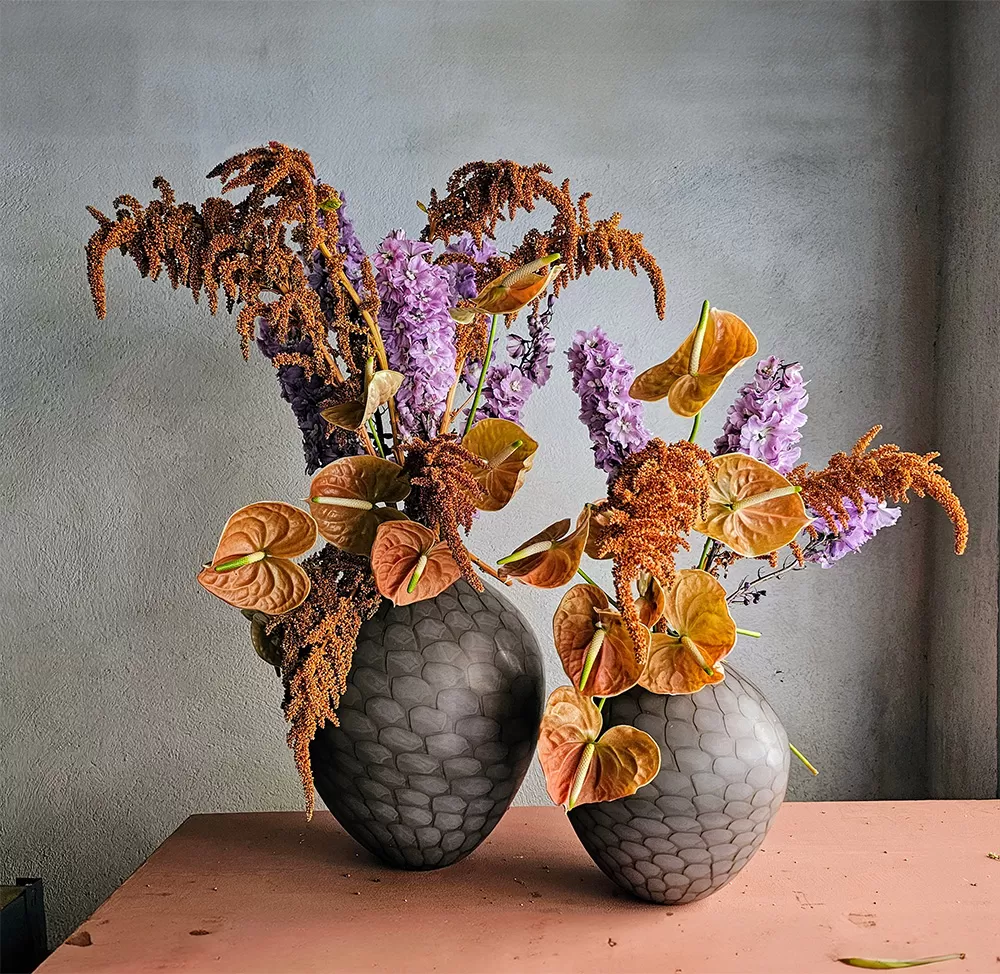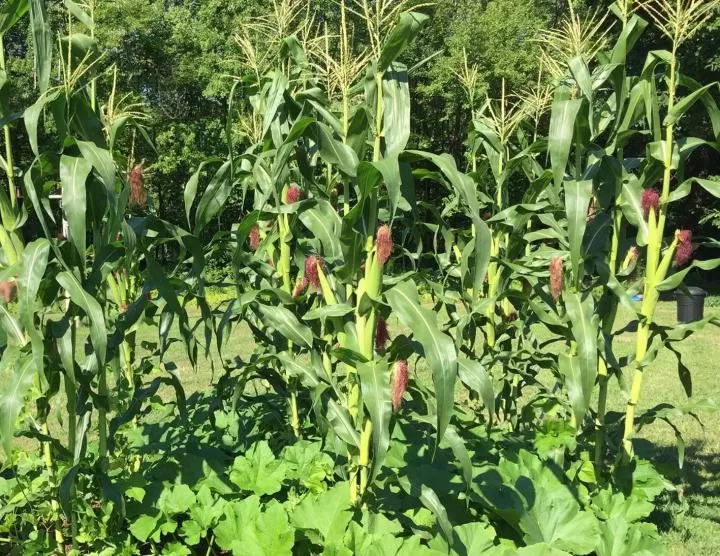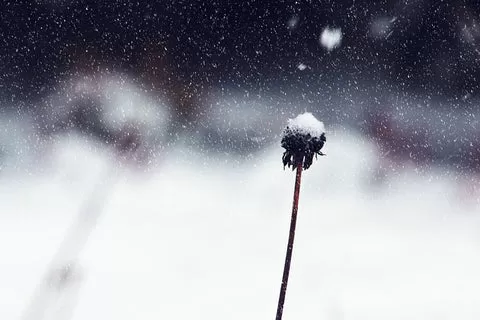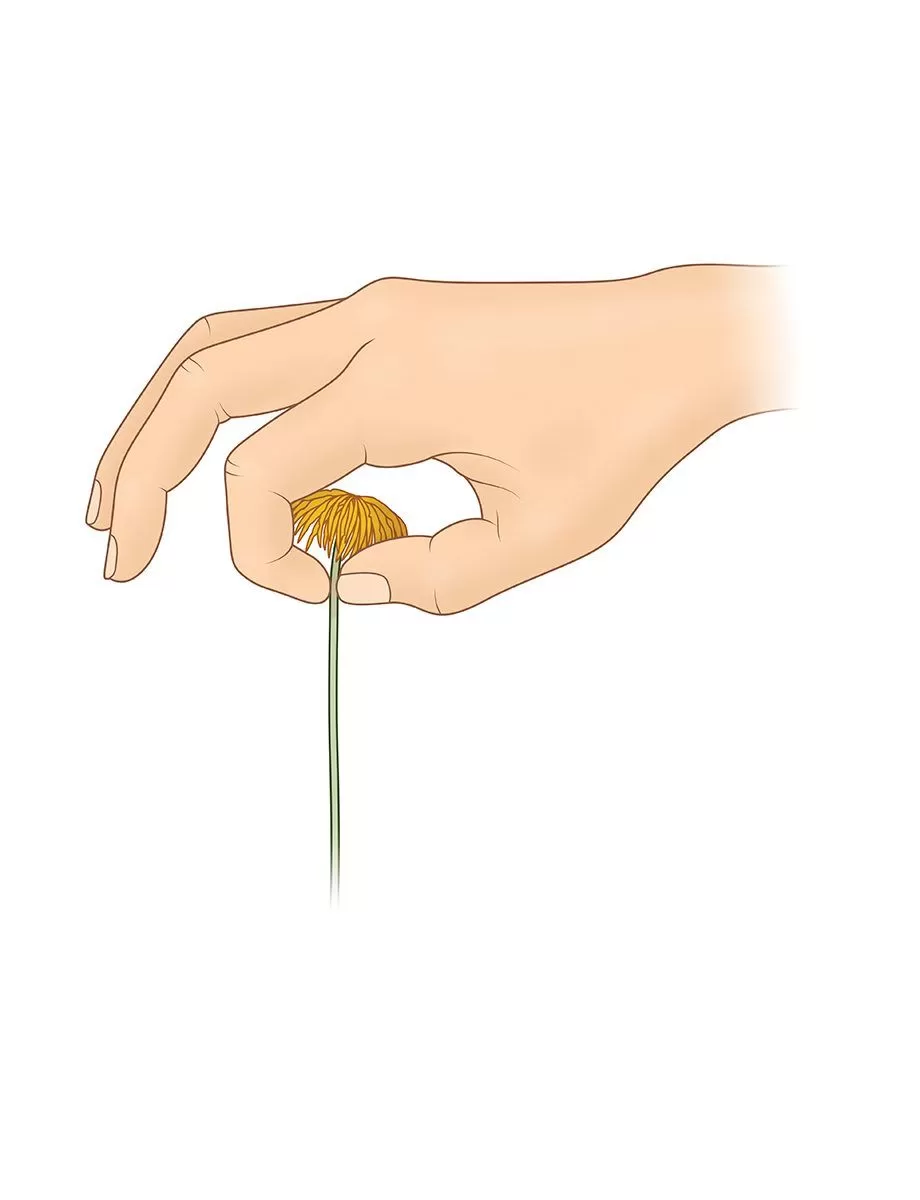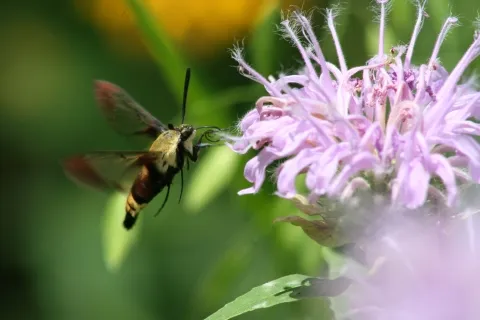Building a garden buzzing with life is one of the most rewarding experiences you can have in your own backyard. It’s not just about beautiful blooms; it’s about creating a vital haven for the incredible creatures that make our world go ’round: pollinators! Bees, butterflies, hummingbirds, moths, and even tiny beetles and flies play an essential role in our ecosystems and food supply. By choosing the right plants, you can transform your garden into a vibrant, pollinator-friendly paradise. Let’s dive into the world of best flowers for pollinator gardens and discover how easy it is to make a difference.
- Pollinators are essential: They are crucial for plant reproduction, genetic diversity, and the food we eat.
- Habitat loss is a threat: Creating pollinator gardens at home helps counteract declining populations.
- Specific plants attract specific pollinators: Flower color, shape, and scent guide pollinators to their preferred food sources.
- A diverse garden helps: Including perennials, annuals, and shrubs provides food throughout the season.
Contents
- Why Pollinators Matter
- What Attracts Pollinators to Plants?
- Best Perennials for Pollinator Gardens
- Allium
- Anise Hyssop
- Aster
- Bee Balm
- Blazing Star
- Catmint
- Columbine
- Coneflower
- False Indigo
- Goldenrod
- Joe Pye Weed
- Lavender
- Milkweed
- Salvia
- Tickseed
- Yarrow
- Best Annuals for Pollinator Gardens
- Borage
- Cosmos
- Cuphea
- Egyptian Star Flower
- Floss Flower
- Globe Amaranth
- Lantana
- Sunflower
- Sweet Alyssum
- Zinnia
- Best Shrubs for Pollinator Gardens
- Button Bush
- Chokeberry
- Oakleaf Hydrangea
- Summersweet
- Conclusion
Why Pollinators Matter
Have you ever stopped to watch a bee busily collecting pollen or a butterfly flitting from flower to flower? These aren’t just charming garden visitors; they are critical players in nature’s grand design. Most plants need pollination to produce seeds and fruit. This process ensures plants can reproduce and maintain healthy genetic diversity. Think about the fruits, vegetables, and nuts we enjoy – a vast majority depend on pollinators. Without them, our dinner plates would look very different, and the natural world as we know it wouldn’t survive.
Plants and pollinators have a beautiful, intertwined relationship. Plants offer pollinators food (nectar and pollen), and in return, pollinators help the plants reproduce by transferring pollen between flowers. While bees, butterflies, and hummingbirds are the superstars, many other creatures like moths, flies, ants, beetles, and bats also contribute significantly.
What Attracts Pollinators to Plants?
Just like we have favorite restaurants, pollinators have favorite flowers! Plants have developed fascinating traits to lure specific pollinators, acting like beacons guiding them to their food source.
- Bees: Are often drawn to shades of purple, blue, orange, and yellow. They prefer flowers that are open or have short tubes, making it easy for them to access the nectar and collect pollen.
- Butterflies: Favor flowers in vivid colors like white, pink, red, yellow, and purple. They need a flat surface to land on while they sip nectar using their proboscis.
- Hummingbirds: Are absolute fans of bright reds, yellows, and purples. Their long, narrow beaks are perfectly designed to reach the nectar deep inside tubular-shaped flowers.
Creating a pollinator-friendly garden is a powerful way homeowners can help support these vital populations, which have unfortunately declined significantly in recent years, largely due to habitat loss. Let’s explore some of the best flowers for pollinator gardens across different plant types to get you started.
Best Perennials for Pollinator Gardens
Perennials come back year after year, providing reliable food sources for pollinators. Planting a variety ensures blooms throughout the season.
Allium
- Scientific Name: Allium spp.
- Common Name: Allium
- Zones: 4-10
- Light: Full sun
- Humidity: Average
- Water: Moderate, well-drained soil
- Habit: Upright
- Height/Spread: 6 to 48 inches tall, 3 to 10 inches wide
- Bloom time: Spring to summer
These ornamental relatives of onions and garlic offer striking globe-shaped flowers made up of tiny star-shaped florets. They are a sweet nectar source particularly loved by honey bees, bumble bees, and other beneficial insects. Easy to grow and adding unique texture to the garden, alliums are a fantastic addition for early-to-mid-season pollinators.
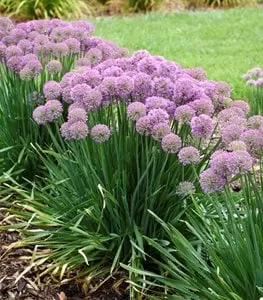 'Serendipity' ornamental onion with purple flowers
'Serendipity' ornamental onion with purple flowers
Anise Hyssop
- Scientific Name: Agastache foeniculum
- Common Name: Anise Hyssop
- Zones: 5-9
- Light: Full sun
- Humidity: Average
- Water: Moderate, well-drained soil
- Habit: Upright
- Height/Spread: 2 to 4 feet tall, 1 to 3 feet wide
- Bloom time: Early summer to early fall
Blooming from early summer into fall, the purple or lavender flower spikes of Anise Hyssop are a long-lasting buffet for pollinators. This aromatic mint relative is a magnet for hummingbirds, honey bees, bumble bees, and butterflies, offering a consistent food source throughout the warmer months.
 'Royal Raspberry' anise hyssop with deep pink flower spikes
'Royal Raspberry' anise hyssop with deep pink flower spikes
Aster
- Scientific Name: Symphyotrichum spp.
- Common Name: Aster
- Zones: 3-10
- Light: Full sun to partial shade
- Humidity: Average
- Water: Moderate, well-drained soil
- Habit: Upright spreading
- Height/Spread: 1 to 6 feet tall, 1 to 4 feet wide
- Bloom time: Summer to fall
Asters are North American natives whose cheerful, daisy-like flowers are a lifeline for many pollinators as summer wanes and fall arrives. Providing food when other sources are scarce makes asters invaluable. Migrating monarch butterflies rely on aster nectar to fuel their incredible journey south.
 Pink and purple aster flowers visited by a butterfly
Pink and purple aster flowers visited by a butterfly
Bee Balm
- Scientific Name: Monarda spp.
- Common Name: Bee Balm
- Zones: 3-9
- Light: Full sun to partial shade
- Humidity: Moderate to high
- Water: Moderate, keep soil moist
- Habit: Upright
- Height/Spread: 1 to 4 feet tall, 1 to 3 feet wide
- Bloom time: Late spring to fall
True to its name, Bee Balm is a top choice for attracting pollinators. Its unique whorls of red, purple, pink, or white tubular flowers are a steady food source for bees, butterflies, and hummingbirds alike. Watching the constant activity around a patch of bee balm is a pure joy.
 'Leading Lady Plum' bee balm with deep purple flowers
'Leading Lady Plum' bee balm with deep purple flowers
Blazing Star
- Scientific Name: Liatris spp.
- Common Name: Blazing Star
- Zones: 3-9
- Light: Full sun
- Humidity: Average
- Water: Moderate, well-drained soil
- Habit: Upright
- Height/Spread: 1 to 5 feet tall, 6 inches to 2 feet wide
- Bloom time: Summer to fall
With their distinctive upright flower spikes, Blazing Star provides nectar and pollen for a wide variety of bees, butterflies, and beneficial moths during the summer and fall. These native plants are not only beautiful but support specific moth species that use them as host plants.
 'Kobold' liatris with bright purple flower spikes
'Kobold' liatris with bright purple flower spikes
Catmint
- Scientific Name: Nepeta spp.
- Common Name: Catmint
- Zones: 3-9
- Light: Full sun to partial shade
- Humidity: Average
- Water: Low to moderate, drought tolerant once established
- Habit: Mounding spreading
- Height/Spread: 1 to 3 feet tall and wide
- Bloom time: Late spring to fall
Catmint is a workhorse in the pollinator garden, blooming with scented tubular blue flowers for months on end. This continuous bloom makes it a favorite of honey bees, native bees, butterflies, and hummingbirds, ensuring a steady food supply from late spring well into fall. Plus, it’s delightfully low-maintenance!
 'Cat's Pajamas' catmint with dense purple-blue flower spikes
'Cat's Pajamas' catmint with dense purple-blue flower spikes
Columbine
- Scientific Name: Aquilegia spp.
- Common Name: Columbine
- Zones: 3-9
- Light: Full sun to partial shade
- Humidity: Average
- Water: Moderate, keep soil moist
- Habit: Upright
- Height/Spread: 8 to 36 inches tall, 8 to 24 inches wide
- Bloom time: Mid-spring to early summer
The unique spurred flowers of native Columbine varieties are a special treat for specific pollinators. Hawkmoths and certain bees are adept at accessing the nectar in the long spurs. Migratory hummingbirds also rely on columbine nectar as crucial fuel during their northward journey in spring.
 Blue columbine flowers with distinctive spurs
Blue columbine flowers with distinctive spurs
Coneflower
- Scientific Name: Echinacea spp.
- Common Name: Coneflower
- Zones: 3-9
- Light: Full sun
- Humidity: Average
- Water: Low to moderate, drought tolerant once established
- Habit: Upright spreading
- Height/Spread: 1 to 5 feet tall, 1 to 2 feet wide
- Bloom time: Summer
A true garden favorite, Coneflower’s iconic cone-shaped blooms come in a beautiful array of colors and are one of the best summer bloomers for supporting a wide range of pollinators. Butterflies, including monarchs, fritillaries, swallowtails, and painted ladies, are frequently seen feasting on their sweet nectar. Birds also enjoy the seeds in the fall!
 Color Coded® 'The Fuchsia is Bright' coneflower with pink-purple petals
Color Coded® 'The Fuchsia is Bright' coneflower with pink-purple petals
False Indigo
- Scientific Name: Baptisia spp.
- Common Name: False Indigo
- Zones: 4-9
- Light: Full sun to partial shade
- Humidity: Average
- Water: Low to moderate, drought tolerant once established
- Habit: Upright spreading
- Height/Spread: 3 to 4 feet tall and wide
- Bloom time: Late spring to early summer
Producing striking spires of colorful, pea-like flowers in late spring, False Indigo is an early-season nectar source, particularly for bumble bees and other native bees. Beyond nectar, this native perennial is also an important larval host plant for several butterfly and moth species, including the wild indigo duskywing and the silver-spotted skipper.
 Decadence® 'Blueberry Sundae' false indigo with dense purple flower spikes
Decadence® 'Blueberry Sundae' false indigo with dense purple flower spikes
Goldenrod
- Scientific Name: Solidago spp.
- Common Name: Goldenrod
- Zones: 3-8 (some to 9)
- Light: Full sun to partial shade
- Humidity: Average
- Water: Low to moderate, drought tolerant once established
- Habit: Upright
- Height/Spread: 1 to 7 feet tall, 1 to 6 feet wide
- Bloom time: Late summer to fall
Often unfairly blamed for hay fever (ragweed is the real culprit!), Goldenrod is a truly essential native plant for late-season pollinators. Its bright yellow flower plumes are a crucial food source as temperatures cool, supporting native bees, bumble bees, honey bees, butterflies, beetles, flies, moths, and wasps when other flowers are fading.
 'Fireworks' goldenrod with arching yellow flower plumes
'Fireworks' goldenrod with arching yellow flower plumes
Joe Pye Weed
- Scientific Name: Eutrochium spp.
- Common Name: Joe Pye Weed
- Zones: 3-9
- Light: Full sun to partial shade
- Humidity: Moderate to high
- Water: Moderate to high, prefers moist soil
- Habit: Upright spreading
- Height/Spread: 3 to 8 feet tall, 1 to 5 feet wide
- Bloom time: Mid-summer to fall
The large, showy flower heads of Joe Pye Weed are an indispensable late-season food source. Hummingbirds, bumble bees, honey bees, wasps, and a wide array of butterflies, including swallowtails and migrating monarchs, flock to its nectar-rich blooms as they prepare for their long journeys.
 Joe Pye weed flowers with a yellow butterfly
Joe Pye weed flowers with a yellow butterfly
Lavender
- Scientific Name: Lavandula spp.
- Common Name: Lavender
- Zones: 5-11
- Light: Full sun
- Humidity: Low
- Water: Low, drought tolerant once established
- Habit: Upright
- Height/Spread: 1 to 4 feet tall, 1 to 5 feet wide
- Bloom time: Late spring to early fall
Loved by humans for its fragrance and culinary uses, Lavender is equally adored by pollinators. The aromatic flower spikes are particularly attractive to bees (it’s a beekeeper’s favorite!) and butterflies, providing nectar throughout its blooming period. Planting lavender adds beauty, scent, and pollinator support to your garden.
 Sweet Romance® lavender with dense purple flower spikes
Sweet Romance® lavender with dense purple flower spikes
Milkweed
- Scientific Name: Asclepias spp.
- Common Name: Milkweed
- Zones: 3-9
- Light: Full sun
- Humidity: Average
- Water: Low to moderate, drought tolerant once established
- Habit: Upright
- Height/Spread: 1 to 6 feet tall, 1 to 3 feet wide
- Bloom time: Summer
If you want to attract monarch butterflies, Milkweed is non-negotiable. It is the only plant that monarch butterfly larvae (caterpillars) can eat. Beyond monarchs, the flowers provide nectar and pollen for a wide range of bees, wasps, hoverflies, beetles, butterflies, and moths, making it one of the most important plants you can add to your pollinator garden.
 Milkweed plant with a monarch butterfly resting on a flower
Milkweed plant with a monarch butterfly resting on a flower
Salvia
- Scientific Name: Salvia spp.
- Common Name: Salvia
- Zones: 4-10
- Light: Full sun
- Humidity: Low to average
- Water: Low to moderate, drought tolerant once established
- Habit: Upright spreading
- Height/Spread: 1 to 5 feet tall, 1 to 6 feet wide
- Bloom time: Late winter to fall (depending on variety)
This large family of plants, many related to culinary sage, offers nectar-rich flowers in a variety of shapes and colors. The tubular or open-faced blooms of different Salvia species are highly appealing to hummingbirds, butterflies, native bees, bumble bees, and honey bees, providing consistent food from spring through fall depending on the chosen variety.
 Rockin'® Fuchsia salvia with bright pink-purple tubular flowers
Rockin'® Fuchsia salvia with bright pink-purple tubular flowers
Tickseed
- Scientific Name: Coreopsis spp.
- Common Name: Tickseed
- Zones: 3-9
- Light: Full sun
- Humidity: Low to average
- Water: Low to moderate, drought tolerant once established
- Habit: Upright mounding
- Height/Spread: 1 to 4 feet tall, 1 to 3 feet wide
- Bloom time: Late spring to fall (depending on variety)
Tickseed plants boast cheerful, disc-shaped flowers that provide a continuous supply of nectar from late spring through fall. These easy-to-grow native annuals or perennials are frequented by various pollinating insects, including carpenter bees, leaf cutter bees, long-horned bees, and sulphur butterflies.
 Lanceleaf coreopsis flower with a bee collecting nectar
Lanceleaf coreopsis flower with a bee collecting nectar
Yarrow
- Scientific Name: Achillea spp.
- Common Name: Yarrow
- Zones: 3-11
- Light: Full sun
- Humidity: Low to average
- Water: Low to moderate, drought tolerant once established
- Habit: Upright spreading
- Height/Spread: 1 to 4 feet tall, 2 to 3 feet wide
- Bloom time: Summer
The distinctive flat-topped flower clusters of Yarrow are like landing pads for many pollinators, offering an abundance of both nectar and pollen during the summer months. Bumble bees, honey bees, mason bees, hummingbirds, hoverflies, moths, and various butterflies, including fritillaries and swallowtails, all appreciate this accessible food source.
 'Firefly Sunshine' yarrow with flat-topped yellow flower clusters
'Firefly Sunshine' yarrow with flat-topped yellow flower clusters
Best Annuals for Pollinator Gardens
Annuals complete their life cycle in one season but provide incredible, season-long bloom power that pollinators adore.
Borage
- Scientific Name: Borago officinalis
- Common Name: Borage
- Zones: Annual in all zones
- Light: Full sun to partial shade
- Humidity: Average
- Water: Moderate
- Habit: Upright bushy
- Height/Spread: 12 to 36 inches tall, 9 to 18 inches wide
- Bloom time: Summer
Borage is a fast-growing annual herb adorned with beautiful, vivid blue star-shaped flowers. These blooms are a magnet for a wide range of pollinators, including hummingbirds, butterflies, beneficial wasps, hoverflies, and various bee species. Planting borage near your vegetable garden can significantly boost pollination for your food crops.
 Bright blue borage flower with star shape
Bright blue borage flower with star shape
Cosmos
- Scientific Name: Cosmos spp.
- Common Name: Cosmos
- Zones: Annual in most zones (some perennial)
- Light: Full sun
- Humidity: Average
- Water: Low to moderate, drought tolerant
- Habit: Upright branching
- Height/Spread: 1 to 5 feet tall, 1 to 3 feet wide
- Bloom time: Summer until frost
Cosmos flowers feature large, open faces with easily accessible centers, making them a favorite of many bee species. Butterflies, lacewings, ladybugs, hoverflies, and ground beetles also visit these cheerful blooms. They are simple to grow from seed and provide abundant flowers from summer until the first frost.
 'Candy Stripe' cosmos flower with pink and white striped petals
'Candy Stripe' cosmos flower with pink and white striped petals
Cuphea
- Scientific Name: Cuphea spp.
- Common Name: Cuphea (Cigar Plant)
- Zones: Annual in most zones (tender perennial Zone 8+)
- Light: Full sun
- Humidity: Average
- Water: Moderate, keep soil moist
- Habit: Upright bushy
- Height/Spread: 1 to 3 feet tall and wide
- Bloom time: Late spring until frost
Often called Cigar Plant because of their tubular shape, the vividly colored flowers of Cuphea are utterly irresistible to hummingbirds. Blooming non-stop from late spring until frost, they provide a continuous nectar source for bees and butterflies as well, making them a fantastic container plant or bedding annual.
 Vermillionaire® cuphea with abundant red-orange tubular flowers
Vermillionaire® cuphea with abundant red-orange tubular flowers
Egyptian Star Flower
- Scientific Name: Pentas lanceolata
- Common Name: Egyptian Star Flower
- Zones: Annual in most zones (tender perennial Zones 10-11)
- Light: Full sun
- Humidity: Moderate
- Water: Moderate, keep soil moist
- Habit: Upright mounding
- Height/Spread: 1 to 3 feet tall and wide
- Bloom time: Summer
Egyptian Star Flower produces beautiful, nectar-rich clusters of brightly colored, star-shaped flowers. These prolific blooms last all summer until frost, serving as a continuous food source that attracts hummingbirds, butterflies, and bees. They thrive in containers and garden beds alike.
 Sunstar® Rose pentas with clusters of bright pink star-shaped flowers
Sunstar® Rose pentas with clusters of bright pink star-shaped flowers
Floss Flower
- Scientific Name: Ageratum spp.
- Common Name: Floss Flower
- Zones: Annual in most zones (overwinter in Zones 10-11)
- Light: Full sun to partial shade
- Humidity: Average
- Water: Moderate, keep soil moist
- Habit: Upright or mounding
- Height/Spread: 4 to 36 inches tall, 6 to 18 inches wide
- Bloom time: Late spring to frost
Known for their soft, pompom-shaped flower clusters, Floss Flower provides continuous blooms in shades of blue, pink, white, lavender, and red from late spring until frost. Butterflies, bees, and moths find these fluffy blooms quite appealing for their nectar.
 'Blue Horizon' floss flower with dense clusters of blue pompom flowers
'Blue Horizon' floss flower with dense clusters of blue pompom flowers
Globe Amaranth
- Scientific Name: Gomphrena spp.
- Common Name: Globe Amaranth
- Zones: Annual in all zones
- Light: Full sun
- Humidity: Average
- Water: Low to moderate, drought tolerant once established
- Habit: Upright or mounding
- Height/Spread: 6 to 48 inches tall, 6 to 24 inches wide
- Bloom time: Early summer to frost
The distinctive globe-shaped “flowers” of Globe Amaranth (which are actually colorful leaf bracts) bloom profusely from early summer until frost. This long blooming period provides a sustained food source that attracts a wide range of bees and butterflies, including various skipper species.
 Truffulaâ„¢ Pink gomphrena with bright pink globe flowers
Truffulaâ„¢ Pink gomphrena with bright pink globe flowers
Lantana
- Scientific Name: Lantana spp.
- Common Name: Lantana (Shrub Verbena)
- Zones: 9-11 (often grown as annual in cooler zones)
- Light: Full sun
- Humidity: Low to average
- Water: Low to moderate, drought tolerant once established
- Habit: Upright bushy
- Height/Spread: 3 to 4 feet tall, 1 to 3 feet wide (annual); 2 to 6 feet tall, 3 to 10 feet wide (perennial shrub)
- Bloom time: Late spring through fall (annual); nearly year-round (frost-free)
Known as shrub verbena, Lantana is one of the best flowers for pollinator gardens in warmer climates and a fantastic annual in cooler ones. Its clusters of brightly colored, tropical-hued flowers bloom for much of the growing season, offering a continuous food source that hummingbirds, butterflies, moths, and bees find irresistible.
 Luscious® Goldengate™ lantana with clusters of yellow and orange flowers
Luscious® Goldengate™ lantana with clusters of yellow and orange flowers
Sunflower
- Scientific Name: Helianthus annuus
- Common Name: Sunflower
- Zones: Grown as an annual in all zones
- Light: Full sun
- Humidity: Average
- Water: Moderate, keep soil moist, especially when establishing
- Habit: Upright
- Height/Spread: 5 to 6 feet tall, 1 to 1.5 feet wide
- Bloom time: Summer to fall
The quintessential cheerful bloom of summer, Sunflowers are classic magnets for pollinators. Their large, open disc-shaped flowers attract a wide variety of bees, including honey bees, carpenter bees, and mason bees, as well as native wild bees. Pollinators are drawn to the bright colors, scent, and the easily accessible abundance of nectar and pollen.
 Suncredible® Yellow sunflower with a bee on its face
Suncredible® Yellow sunflower with a bee on its face
Sweet Alyssum
- Scientific Name: Lobularia maritima
- Common Name: Sweet Alyssum
- Zones: 9-11 (commonly grown as annual)
- Light: Full sun to partial shade
- Humidity: Average
- Water: Moderate, keep soil consistently moist
- Habit: Mounding spreading
- Height/Spread: 4 to 10 inches tall, 10 to 48 inches wide (trailing)
- Bloom time: Spring until frost
Sweet Alyssum produces cascades of tiny, fragrant flowers from spring until the first frost, offering a continuous, season-long source of nectar. Its delicate blooms attract and support many different types of smaller bees, butterflies, beneficial parasitic wasps, and hoverflies, making it a great choice for edging beds or filling containers.
 Snow Princess® sweet alyssum with dense white flowers
Snow Princess® sweet alyssum with dense white flowers
Zinnia
- Scientific Name: Zinnia spp.
- Common Name: Zinnia
- Zones: 10-12 (most often grown as annual)
- Light: Full sun
- Humidity: Low to average
- Water: Moderate, water at the base
- Habit: Upright or compact bushy
- Height/Spread: 6 to 48 inches tall, 6 to 36 inches wide
- Bloom time: Summer to frost
Zinnias are annual powerhouses, providing brightly colored flowers from summer until frost. Their vibrant blooms attract a wide variety of pollinators, including hummingbirds, butterflies, and bees. For the most pollinator appeal, choose varieties with single petals, as they generally produce more nectar and pollen than double-bloomed types.
 'Queeny Lime Orange' zinnia flower with lime green and orange petals
'Queeny Lime Orange' zinnia flower with lime green and orange petals
Best Shrubs for Pollinator Gardens
Shrubs provide structure and often bloom earlier or later than many perennials and annuals, extending the pollinator season.
Button Bush
- Scientific Name: Cephalanthus occidentalis
- Common Name: Button Bush
- Zones: 5-9
- Light: Full sun to partial shade
- Humidity: Moderate to high
- Water: High, prefers moist to wet soil
- Habit: Upright bushy
- Height/Spread: 5 to 12 feet tall, 4 to 8 feet wide
- Bloom time: Early summer to early fall
Considered one of the absolute best shrubs for supporting pollinators, this U.S. native is a superstar. Its unique, fragrant white pincushion flowers are incredibly appealing to a wide range of visitors, including hummingbirds, honey bees, native bees, and numerous butterflies like skippers, swallowtails, fritillaries, and monarchs. Beyond nectar, Button Bush serves as a host plant for several beneficial moth species.
 Sugar Shack® button bush with round, white pincushion flowers
Sugar Shack® button bush with round, white pincushion flowers
Chokeberry
- Scientific Name: Aronia spp.
- Common Name: Chokeberry
- Zones: 3-9
- Light: Full sun to partial shade
- Humidity: Average
- Water: Moderate, adaptable to various soil conditions
- Habit: Upright bushy
- Height/Spread: 8 inches to 12 feet tall, 18 inches to 10 feet wide
- Bloom time: Spring
Native to eastern U.S. woodlands, bogs, and swamps, Chokeberry is a low-maintenance shrub that offers fragrant white flowers in the spring. These early blooms are a valuable food source for many pollinators, particularly smaller bees, helping them get a head start on the season. It also provides berries for birds later in the year.
 Low Scape Mound® chokeberry shrub with small white flowers in spring
Low Scape Mound® chokeberry shrub with small white flowers in spring
Oakleaf Hydrangea
- Scientific Name: Hydrangea quercifolia
- Common Name: Oakleaf Hydrangea
- Zones: 5-9
- Light: Full sun to partial shade
- Humidity: Average
- Water: Moderate, keep soil consistently moist
- Habit: Upright bushy
- Height/Spread: 3 to 8 feet tall and wide
- Bloom time: Late spring to summer (flower heads last into fall)
This beautiful deciduous shrub boasts striking, cone-shaped flower spikes that are a good nectar source for bees, wasps, and butterflies during late spring and summer. As an added bonus for pollinators, the shrub’s attractive peeling bark provides sheltered spots where some pollinating insects can safely overwinter, ready for the next spring.
 Gatsby Moon® oakleaf hydrangea shrub with large white flower spikes
Gatsby Moon® oakleaf hydrangea shrub with large white flower spikes
Summersweet
- Scientific Name: Clethra alnifolia
- Common Name: Summersweet
- Zones: 4-9
- Light: Full sun to partial shade
- Humidity: Moderate to high
- Water: Moderate to high, prefers moist soil
- Habit: Upright bushy
- Height/Spread: 3 to 8 feet tall, 3 to 6 feet wide
- Bloom time: Mid to late summer
Summersweet is a deciduous shrub that flowers in mid to late summer, a crucial time when many other plants have finished blooming. Its fragrant white flowers are a highly valued late-season food source that hummingbirds, butterflies, and bees rely on before fall arrives. It also tolerates shady, wet spots where other pollinator plants might struggle.
 Vanilla Spice® summersweet shrub with fragrant white flower spikes
Vanilla Spice® summersweet shrub with fragrant white flower spikes
Conclusion
Creating a garden that supports pollinators is one of the most impactful and joyful things you can do for your local ecosystem. By incorporating some of the best flowers for pollinator gardens discussed here – a mix of perennials, annuals, and shrubs – you can provide vital food and habitat from spring through fall.
Imagine your garden teeming with buzzing bees, fluttering butterflies, and darting hummingbirds – a true testament to the power of thoughtful planting. It’s easier than you think to get started, and the rewards, both for nature and for you, are immense.
Which of these beautiful plants will you add to your garden first? Share your plans or favorite pollinator visitors in the comments below! And don’t forget to share this article with fellow garden enthusiasts who want to make a difference. Explore more content on Thelittle.garden to deepen your love for home gardening and landscaping!
